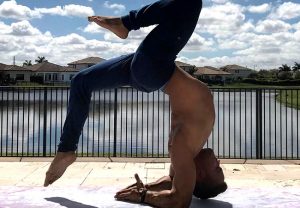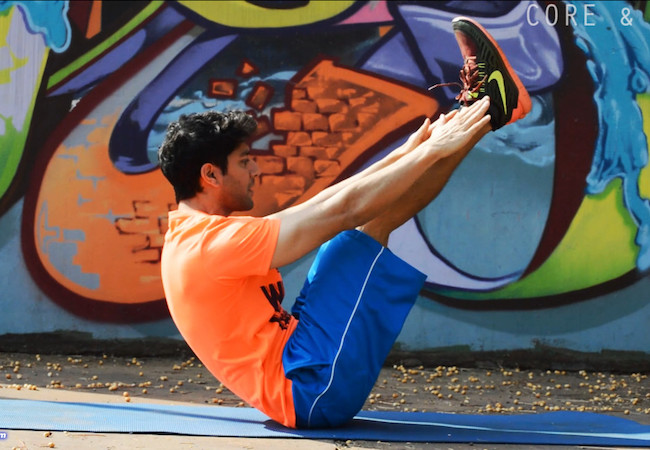As we get older, we are less likely to work out. The CDC reports that 31 percent of people who work out are aged 18 to 24, while only 16 percent of those aged 65 and up exercise. Since the natural aging process changes our bodies, as well as our metabolisms (the body’s resting metabolic rate slows down as the years advance), finding ways to change up a fitness routine to suit your age will be important.
Adapting your workout routine with age is easy to do and you’ll find that doing so makes it easier to stay motivated, and stay fit for a lifetime. Read on to choose appropriate exercises, whether you’re in your 50s or older. This article will also help you to find budget-friendly physical activity options and learn about the benefits of working out with smaller weights.
Choose the right exercises
Overall, exercise should be low-impact. The American Seniors Communities website lists swimming, walking and yoga as fine choices that are appropriate for older people.
So, why are these low-impact forms of exercise beneficial? Well, they boost blood flow without putting too much of a strain on the body. Many seniors have health conditions that cause joint and bone discomfort. Low-impact exercises offers fitness benefits, without exacerbating joint and bone pain.
Seniors with mobility issues should consider chair exercises, such as neck stretches, shoulder circles, knee lifts and toe taps. Seniors who exercise regularly will access a plethora of benefits, including less likelihood of falling due to improved coordination, lower odds of disease and better mental health.
So, what about people who aren’t spring chickens, but are 50 or older? Well, men and women in their 50s should introduce change to their workouts gradually.
They may get started by adding post-workout stretches that promote good flexibility, limiting resistance training to 20-minute bursts and trying interval training that offers plenty of rest breaks, plus superb post-workout calorie burning. By your 60s, you should be focusing on lowering impact, by doing one half hour of low-impact aerobic exercise at least five times per week.
Look for budget-friendly workouts
Many people in the older age group live on fixed incomes, because they are retired. They may not be able to splurge on memberships to trendy gyms or pay personal trainers to put them through their paces. Money is a factor that should be considered when a workout is being adjusted to suit an older person.
Remaining in good shape during retirement is possible and one option is going to fitness classes at a local community center. Community centers typically offer low-impact fitness classes, such as yoga classes. They may also offer access to group hikes or walks with gentle challenge levels.
Prices for senior fitness classes at community centers are generally very affordable. Look around your community and see what’s on offer. These classes will also be a great way to socialize. Seniors often deal with isolation, according to The Institute on Aging, and this may nip motivation to work out in the bud. Finding other people in your age group to exercise with will make it easier for you to stick to your training plan. You’ll feel more motivated because you aren’t going it alone.
People in their 50s and 60s may not have the same budget issues as retirees, but they probably still want to save money on exercise. Home workouts are one option, and so are deals on fitness classes and gym memberships. Shop around to get a great deal on fitness services that suit your age group.
Boost strength with small weights
Seniors (and those in their 50s and early 60s) who want to feel stronger should consider adding light weights to their workouts. These weights won’t be heavy enough to place a strain on the body, but they’ll be heavy enough to improve strength over time. One to ten pound dumbbells will be good choices to start with. These fitness accessories are affordable, so they won’t bust a tight retirement budget.
Try classic weightlifting exercises, including chest presses, bicep curls and triceps extensions. Small weights may be used to boost strength in all parts of the body, including the arms, legs and shoulders. It’s also possible to utilize body weight to create more resistance while doing squats and lunges.
Plan a new fitness routine today
Keep motivation high by changing up your workout to suit your age. When you choose the right forms of exercise, find workouts that don’t bust your retirement (or pre-retirement) budget and add some weights to your workouts, you’ll be ready to enjoy exercise that helps to boost longevity and wellness.
Fitness is possible at any age, including 50 and up. These tips will make it easier for you to stick to a new, age-appropriate fitness routine.
- Photo by Victor Freitas on Unsplash

















